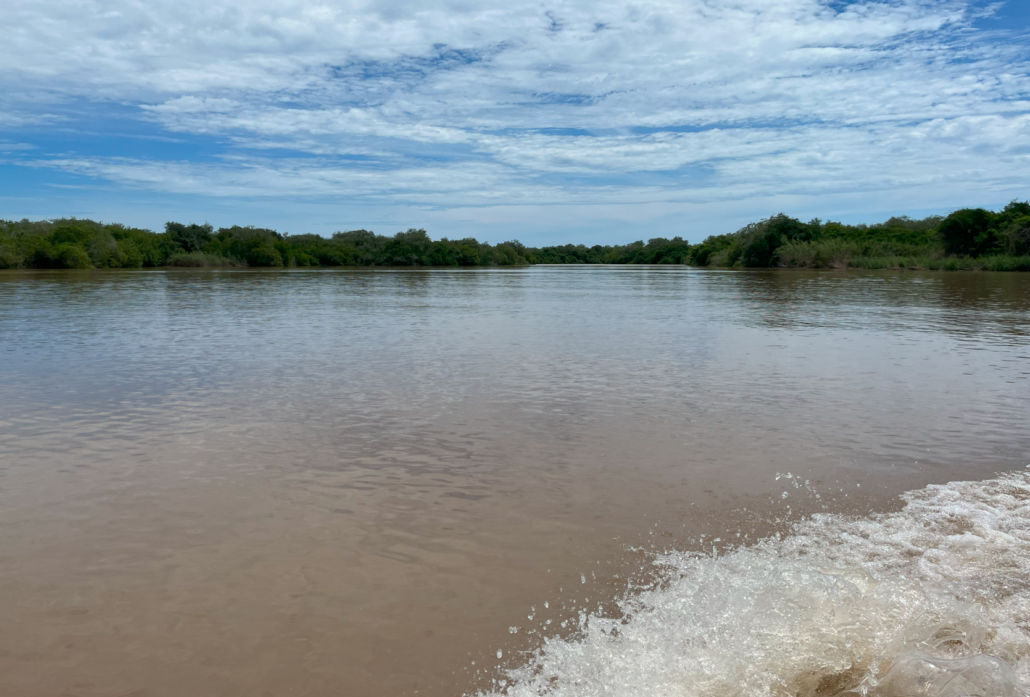Locally-driven solutions to climate change adaptation in Nayarit, Mexico

By Edgar Reyna, MURP ‘23
I spent the summer of 2022 working with the World Wildlife Fund-Mexico and UNDP to support the RAÍCES mangrove restoration and protection project. The idea of this project is to leverage mangrove conservation as a nature-based solution for community resilience. My work focused on the project’s community resilience objectives, which included collaborating with local and state officials, as well as conservation experts to identify climate action priorities in five coastal municipalities. Many communities in these counties are in high-risk zones to be negatively impacted by sea-level rise and extreme weather events due to climate change. In other words, a successful project can help preserve ecosystems that are not only critical to mitigating climate change, but also for the livelihoods of thousands of families in these areas.
This work is something I had never done before, but I was fortunate enough to have learned about climate change adaptation and global development frameworks from several UCLA professors prior to working on this project. Being able to think critically about the work in Nayarit helped shape my experience and the work I completed for the RAÍCES team.
While I was in Nayarit, I lived and worked with one of the UNDP community officials who already had over 6 years of experience working with communities on nature-based solutions in southern Mexico. He and I were both new to the central pacific coast of Mexico, but were both extremely excited to engage with local representatives and learn how to improve processes that could effectively identify local priorities for climate change adaptation. Given the team’s years of experience, I had lots of catching up to do, so I took every chance I could to take on a new task and chat with my colleagues about the project’s framework. We did several site visits and conducted 6 workshops that allowed me to see the faces of the community members who will be leading climate actions in these areas. I even took a trip down to Tabasco to visit a community that had already worked on a nature-based project for several years. Their understanding of climate change was vastly different from the communities in Nayarit, who were just beginning to work on this issue, but their connections to the land were very similar to each other.
For me, listening to communities discuss their priorities deepened my understanding of how important it is to facilitate community-driven solutions for climate change adaptation. Including communities as an integral part of every phase of an initiative, especially in the beginning stages, can improve participation and buy-in for these projects when larger entities, such as the state government, mandates the work to be done. This understanding is something I could not have gained in a classroom setting, which is why I will always be grateful for the time my colleagues and community members shared with me over the course of the summer.






